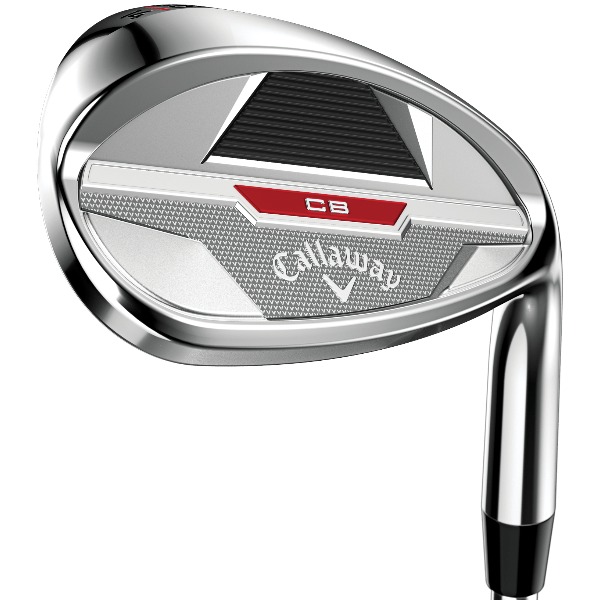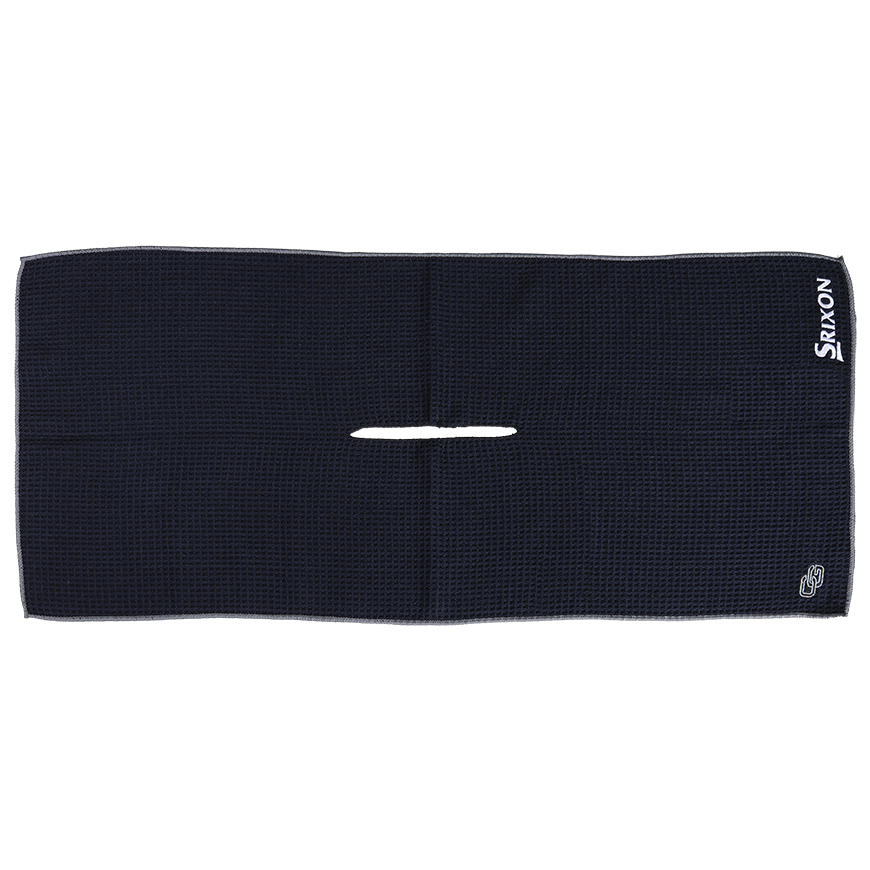Don't miss our holiday offer - up to 50% OFF!
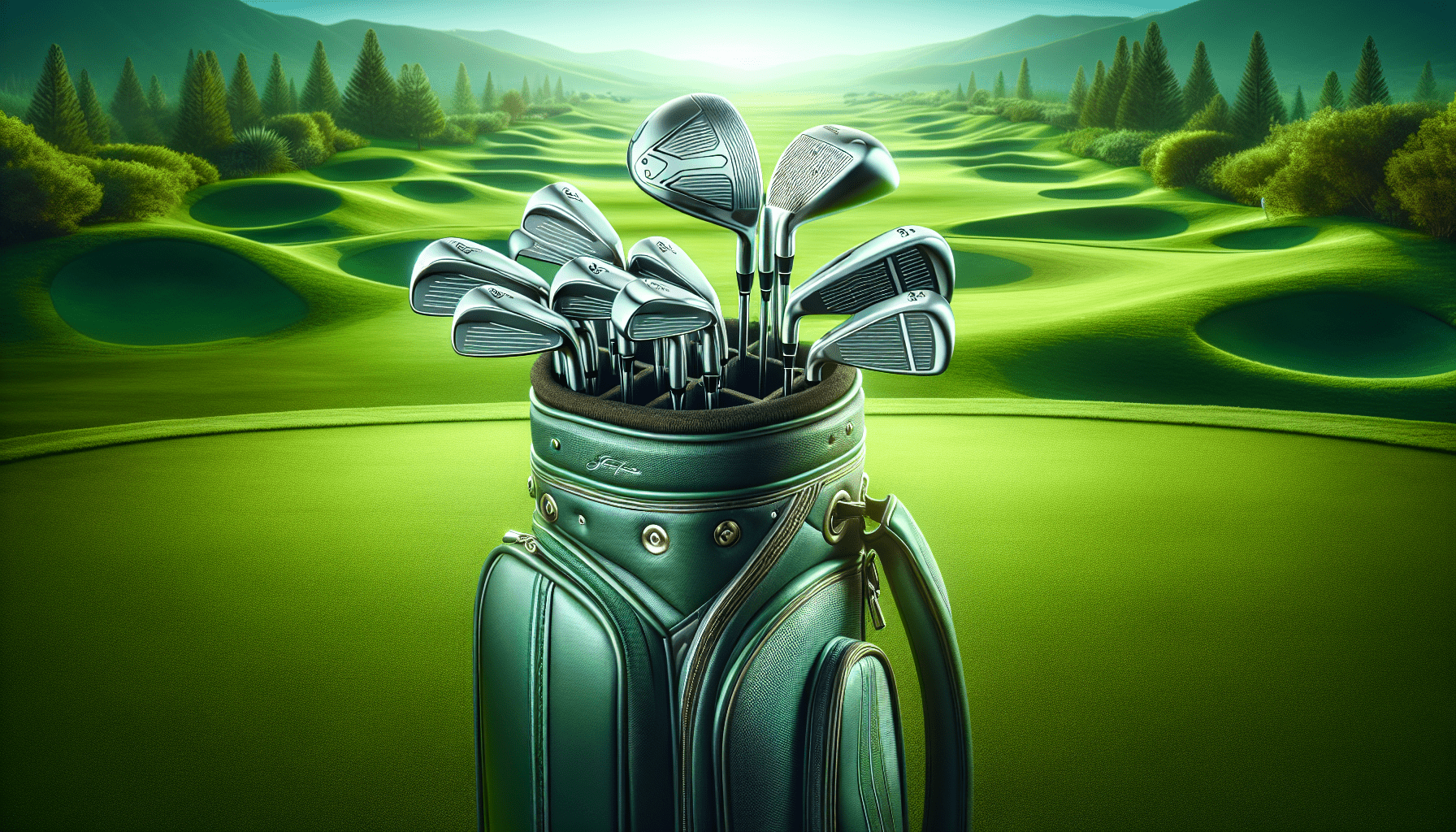
Choosing The Best New Golf Clubs For Your Game
Discover the ultimate guide to choosing golf clubs tailored to your skill level and goals. Elevate your game with expert tips and insights on custom fitting, club types, and more!

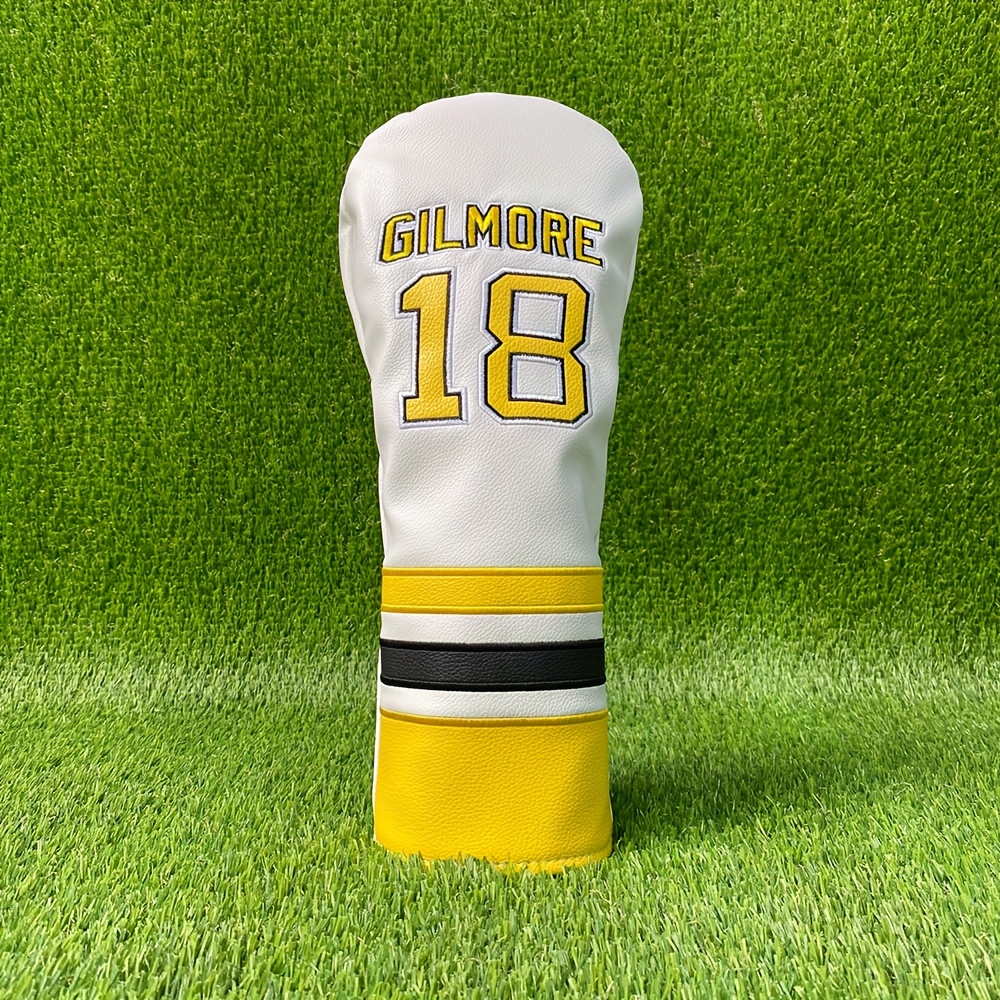
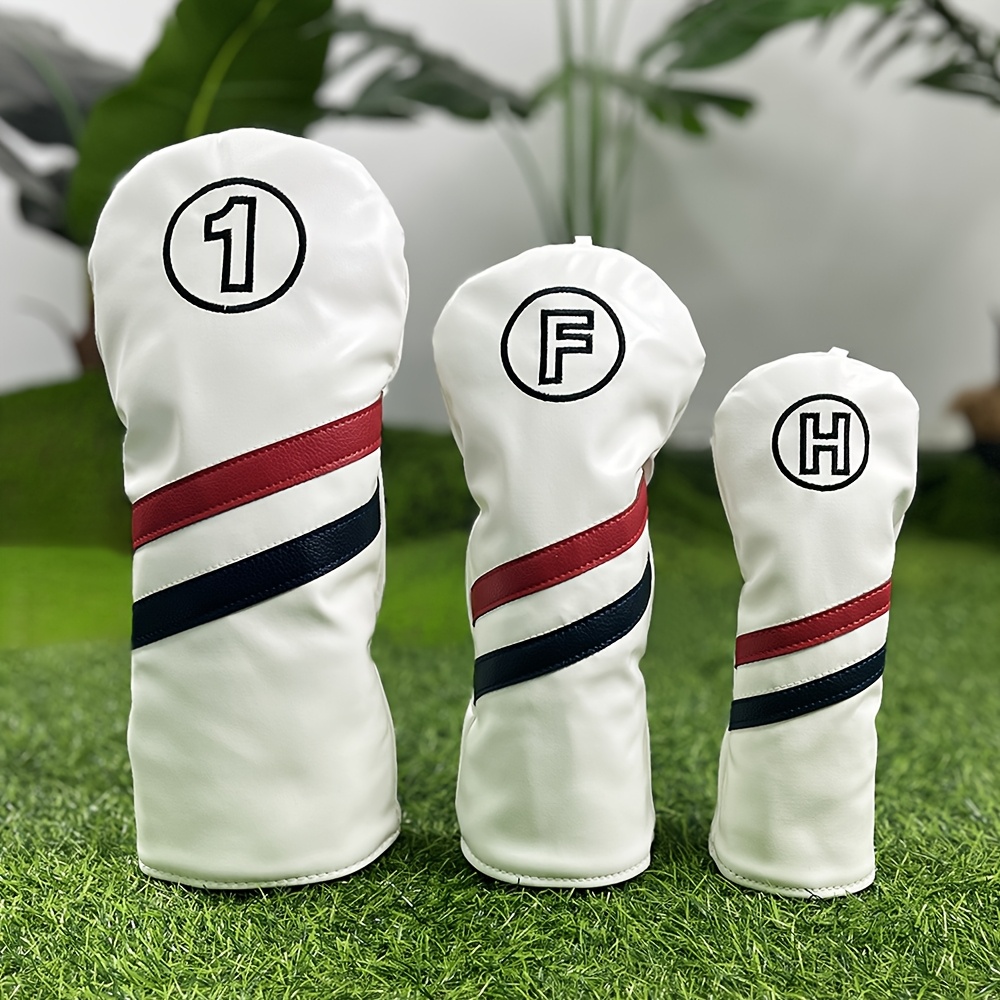
Are you ready to take your golf game to the next level? “Choosing The Best New Golf Clubs For Your Game” is your ultimate guide to finding the perfect set of clubs tailored just for you. Whether you’re a seasoned pro or a passionate beginner, this article will walk you through the essential tips and considerations for selecting clubs that enhance your performance and elevate your enjoyment on the course. From understanding different club types and materials to recognizing the importance of custom fitting, you’ll be equipped with all the knowledge you need to make a confident and informed choice. Let’s get started on your journey to uncover the best new golf clubs for your game!
Have you ever stood in a golf store, overwhelmed by the sheer variety of clubs displayed before you and thought, “How on earth do I choose the best new golf clubs for my game?” Trust me, you’re not alone. With so many brands, models, and customizations available today, picking the right clubs can be bewildering. But don’t worry; we’re here to help you navigate through this maze.

Understanding Your Needs
Before diving into the technicalities, it’s crucial to first understand your personal golfing needs. Are you a beginner just starting out, an intermediate player aiming to lower your handicap, or an advanced golfer seeking to fine-tune your game? Knowing your skill level and goals will help tailor your choices.
Your Skill Level
Your skill level will significantly influence the type of clubs that are best for you. For example:
- Beginners: Generally benefit from more forgiving, game-improvement clubs.
- Intermediate Golfers: May look for a balance between forgiveness and control.
- Advanced Players: Often prioritize precision and feel, seeking clubs that offer enhanced feedback.
Game Improvements Goals
Ask yourself what aspects of your game you want to improve. Is it your driving distance, accuracy, or short game finesse? Identifying these goals will aid in selecting clubs that address your specific needs.
| Skill Level | Club Type | Key Characteristics |
|---|---|---|
| Beginner | Game-Improvement Clubs | Forgiving, larger sweet spots, higher lofts |
| Intermediate | Super Game-Improvement/Player’s | Balance of forgiveness and control, versatile |
| Advanced | Player’s Clubs (Blades, Players) | Precision, feel, feedback, workability |
Types of Golf Clubs
To make an informed decision, you need to be familiar with the different types of golf clubs available. Each has a distinct purpose and can dramatically affect your game.
Drivers
The driver is primarily used for tee shots and longer holes. Its large head and long shaft are designed to deliver maximum distance.
- Loft: Beginners might need a higher loft (10-12 degrees) to get the ball airborne more easily, while advanced players might use lower lofts (7-9 degrees) for more control.
- Material: Titanium and composite materials are popular because they provide a good balance of strength and weight.
Fairway Woods
Fairway woods are versatile clubs useful for long-distance shots both from the tee and the fairway.
- Loft: Typically range from 13 to 22 degrees.
- Usage: Choose a fairway wood if you need a club that offers a good balance between distance and accuracy.
Hybrids
Hybrids combine features of irons and woods, providing a versatile and forgiving option.
- Versatility: Ideal for various lies (fairway, rough, or even bunkers).
- Replacements: Often used to replace long irons, which can be difficult to hit.
Irons
Irons are essential for a variety of shots, particularly from the fairway or rough. They range from low-numbered (long irons) to high-numbered (short irons).
- Types: Game-improvement irons for beginners, player’s irons for advanced golfers.
- Forgiveness: Cavity back irons offer more forgiveness, while muscle-back irons provide more control and feedback.
Wedges
Wedges are specialized irons designed for short approach shots, chips, and bunker shots.
- Types: Pitching wedge (PW), gap wedge (GW), sand wedge (SW), and lob wedge (LW).
- Bounce and Grind: These features help you control the interaction between the club and the turf or sand.
Putters
Putters are crucial for your short game, as they’re used on the green to roll the ball into the hole.
- Types: Blade putters, mallet putters, and mid-mallet putters.
- Balance and Alignment Aid: Choose one that matches your stroke style and provides easy alignment visuals.
Factors to Consider When Choosing Your Clubs
Now that you know the types of clubs, let’s delve into the factors you need to consider to make the best choice for your game.
Shaft Material and Flex
The material and flexibility of the shaft have a big impact on the performance and feel of the club.
| Shaft Material | Characteristics |
|---|---|
| Graphite | Lighter, offers more club speed |
| Steel | Heavier, provides more control and feel |
| Shaft Flex | Best For |
|---|---|
| Ladies (L) | Players with slower swing speeds |
| Senior (A) | Seniors and slower swingers |
| Regular (R) | Intermediate players with average speeds |
| Stiff (S) | Advanced players with faster swings |
| Extra Stiff (X) | Very high-speed players |
Clubhead Design
Clubhead design can make or break your game depending on your skill level and playing style.
- Cavity Back: More forgiving, suitable for beginners.
- Muscle Back/Blade: Offers better feel and control, suitable for advanced players.
- Perimeter Weighting: Helps to distribute weight around the edges, increasing forgiveness on off-center hits.
Custom Fitting
One size doesn’t fit all in golf. Getting custom-fitted for your clubs ensures that they match your physical attributes and swing characteristics.
- Length and Lie Angle: Clubs should be the right length and lie angle to promote the proper swing plane.
- Grip Size: Should be comfortable and help you maintain control.
Club Set Configuration
Choosing a set configuration that matches your playing style can improve your overall performance.
- Full Set: Comprises of woods, irons, wedges, and a putter.
- Partial Set: A mix based on your strengths and weaknesses.
- Custom Set: Tailored to your requirements, often involving a mix of brands and types.
Popular Golf Club Brands
There are several brands renowned for their golf clubs. Though brand loyalty can make a difference, performance should be your ultimate criterion.
Callaway
Known for its innovative technology and game-improvement clubs, Callaway is a popular choice among all skill levels.
- Best For: Beginners and intermediates.
- Technology Highlights: Artificial Intelligence design, Jailbreak Technology.
Titleist
Titleist is often favored by advanced players for its high-quality and performance-focused clubs.
- Best For: Advanced players.
- Technology Highlights: Vokey Spin Milled wedges, high-precision irons.
TaylorMade
TaylorMade offers a wide range of clubs to suit various skill levels and playing styles.
- Best For: All skill levels.
- Technology Highlights: Twist Face technology, Speed Injected clubfaces.
Ping
Ping clubs are well-known for their custom fitting and forgiving designs.
- Best For: Beginners and seniors.
- Technology Highlights: Multi-material construction, Precision-Milled faces.
| Brand | Best For | Key Technologies |
|---|---|---|
| Callaway | Beginners, Intermediates | AI design, Jailbreak Technology |
| Titleist | Advanced Players | Vokey Spin Milled, high-precision irons |
| TaylorMade | All Skill Levels | Twist Face, Speed Injected clubfaces |
| Ping | Beginners, Seniors | Multi-material construction, Precision-Milled faces |

Testing the Clubs
Before making a purchase, always test the clubs. Many stores offer simulators and driving ranges where you can try various models.
Performance Monitoring
Pay attention to the following performance metrics when testing clubs:
- Distance: Ensure you’re getting the desired distance.
- Accuracy: Notice how consistently the ball lands in the target area.
- Feel: Comfort and feedback from the club during and after the swing.
Expert Consultation
Consulting with a golf professional or taking advantage of demos and fitting sessions can give you invaluable insights.
- Professional Fitting: Often available at golf stores, focuses on tailoring clubs to your swing.
- Demo Days: Many brands hold demo days where you can test multiple clubs in one session.
Maintenance and Care
Now that you’ve selected your clubs, it’s equally important to maintain them properly to ensure they last and perform optimally.
Cleaning
Regular cleaning can prolong the life and performance of your clubs.
- Grooves and Clubface: Use a brush to clean the grooves and wipe the clubhead with a damp cloth.
- Grips: Clean grips with soapy water to maintain their tackiness and extend their lifespan.
Storage
How you store your clubs can affect their longevity.
- Dry Environment: Keep your clubs in a dry place to avoid rusting.
- Protective Coverings: Use headcovers to protect the heads of your driver, woods, and putter.
Conclusion
Choosing the best new golf clubs for your game is a multifaceted process that requires understanding your skill level, goals, and the various options available. By considering factors such as shaft material, clubhead design, custom fitting, and brand performance, you can make a more informed decision. Always test the clubs where possible and maintain them properly to ensure they serve you well on the course.
Remember, the right set of clubs can make a noticeable difference in your game, so take your time, do your research, and happy golfing!

